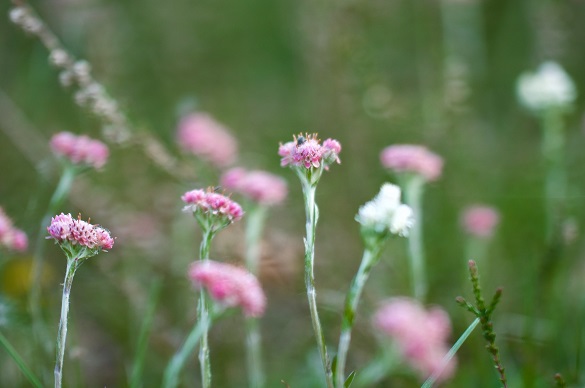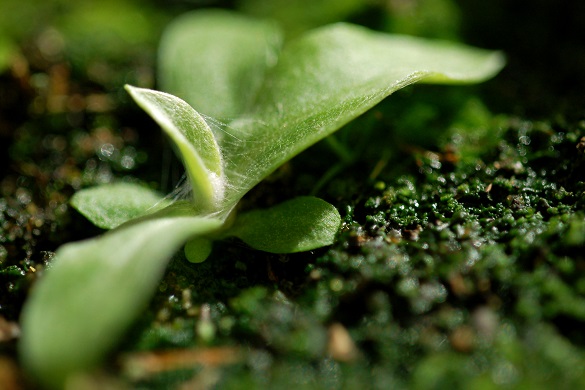Storing seeds in soil won’t be enough to stem effects of climate change on plant communities
Published on

Plant species have evolved several clever ways to survive changes in their local environment including storing seeds in the soil while waiting for better times.
Now a new study by a pan-European research team, that includes University of Liverpool researchers, has shown that this common method is unlikely to save the flora during ongoing global heating.
It is known that from a young age producing seeds is an important way for plants to transport the next generation to new places. Many species’ seeds can also be stored in the soil, and in that way travel in time. This ability to form a so-called seed bank is one way in which plant populations can survive temporary environmental changes, or allow them to persist in an area following a deterioration of local conditions.
In the new study, published in the British Ecological Society Journal of Ecology, researchers investigated how this seed storing ability might help plants to survive when the climate warms.
They collected data from nearly fifty published studies, extracting information regarding both which species were present as seeds in the soil, and which species were growing above ground in more than 2500 locations spread across nine countries. With average temperatures in Europe already increasing by almost one degree Celsius, the researchers expected that those seeds that were being stored in the soil would reflect past, cooler conditions.
University of Liverpool Emeritus Professor Rob Marrs, who led the Liverpool contribution, said: “We were surprised when we saw that the seed bank mainly consisted of species that are better suited to warmer climates, compared to the species already established in the vegetation.”
It turned out that the strategy to store seeds in the soil is more common in species that have a warmer, more southerly distribution in Europe. This means that instead of putting the brakes on changes in the flora by allowing species to persist as the climate warms, the species in the seed bank belong to species that are already suited to higher temperatures. However, this is not necessarily a positive finding for biodiversity.
Professor Marrs added: “These ‘warm’ species that we found in the seed bank are almost certainly not there because they have already responded to global warming. Instead, these species are mostly weedy generalists that over time can contribute to plant communities becoming more homogenous."
The results also represent bad news for those species that do not enjoy warmer temperatures. It is already known that species with more northerly distributions can be threatened by climate change, and now it appears that many of these species also lack this valuable strategy to survive as the warming continues.
The study was led by the Swedish University of Agricultural Sciences and the University of Liverpool team contributed two large datasets which contained information on soils seed banks and the above-ground vegetation collected from experimentally-manipulated plots designed to control bracken and restore either grasslands or heathlands.
In addition, Liverpool researchers were part of the team that digitized a number of the plant species ‘distributions at the European scale. Both the vegetation and seedbank data and the plant distribution maps have produced two open-access databases.
The paper `More warm-adapted species in soil seed banks than in herb layer plant communities across Europe' (doi:doi/10.1111/1365-2745.14074) is published in the Journal of Ecology.
Main image: Mountain everlasting Antennaria dioica is a species with a northerly distribution in Europe, and whose seeds are not stored in the soil (Credit: Alistair Auffret).
[caption id="attachment_110506" align="alignnone" width="585"] Some plant species can store their seeds for several decades before it is time for them to grow and establish. Photo credit: Jan Plue[/caption]
Some plant species can store their seeds for several decades before it is time for them to grow and establish. Photo credit: Jan Plue[/caption]